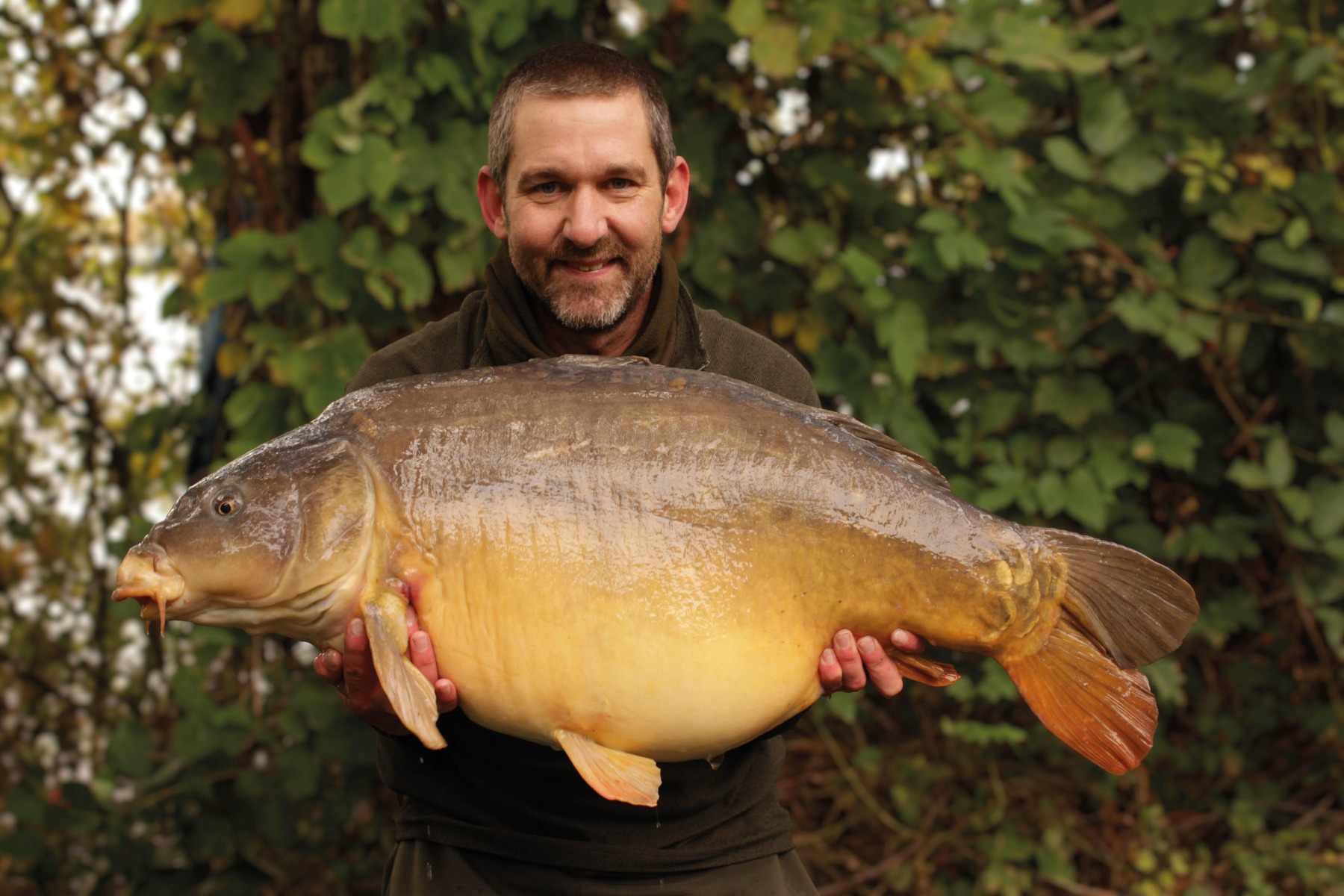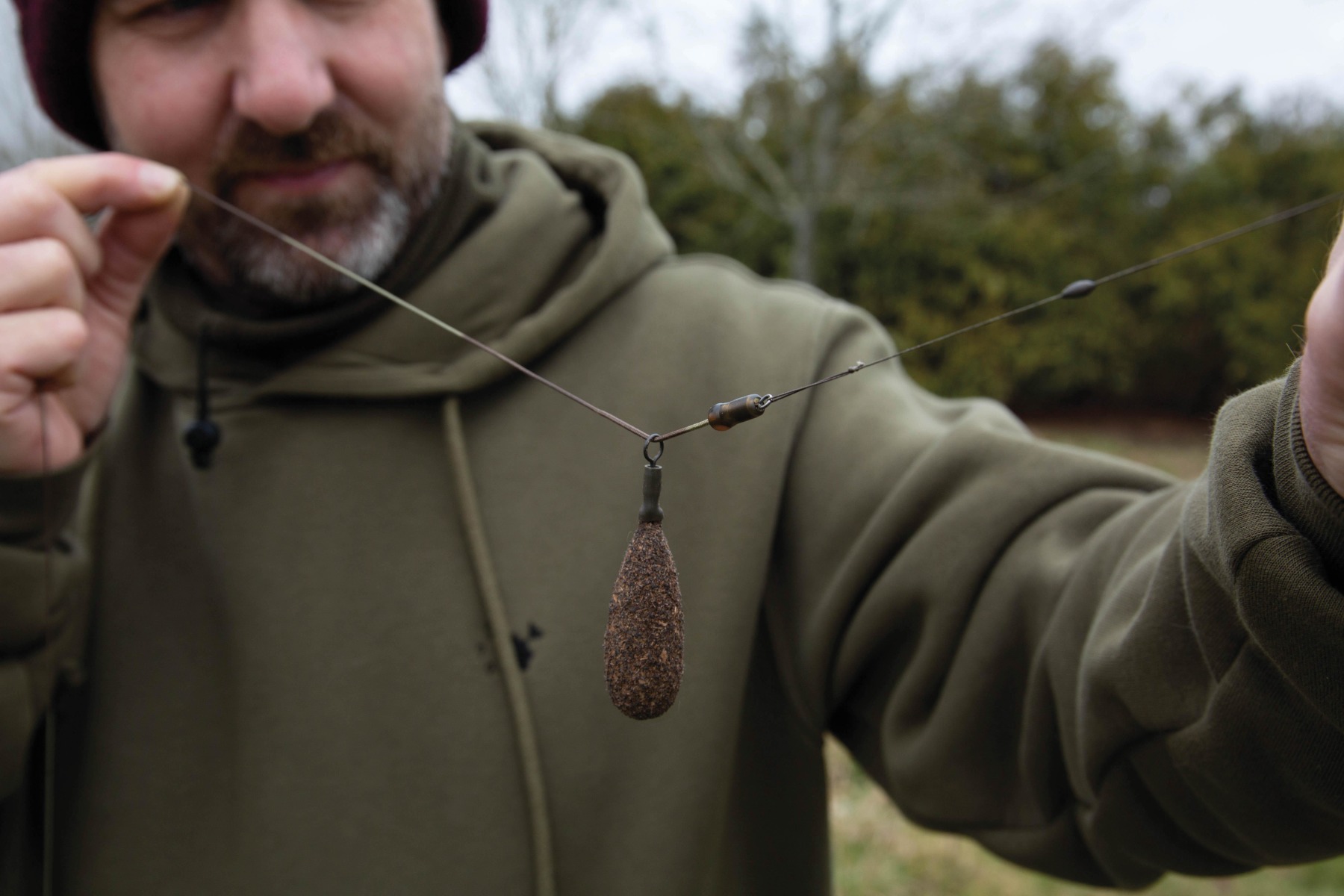A Bolt Out The Blue
Lewis Read looks at lead arrangements, and explains what works for him, and why.

For some carp anglers, the dizzying array of lead arrangements discussed and recommended can appear seemingly limitless and understandably bewildering. With so many accomplished angling writers recommending their own personal favourites, with little in terms of guidance as to the benefits and limitations of each one’s practical application, it’s hardly surprising that this cornerstone of our highly effective self-hooking angling approach can cause a few headaches.
In carp angling, as a highly specialised branch of coarse angling, there are occasions when one lead arrangement inevitably offers significant benefits over another. Whilst some carp anglers largely (and successfully) rely on one go-to arrangement for most of their angling, usually a set-up that they know inside out, it is likely they will have also propagated the necessary knowledge to know when to change it.
Believe me, there’s nowt wrong with having a go-to presentation. Long-term experience of a lead arrangement equates directly to broader knowledge of how to adjust it to optimize its efficiency. However, you are never too long in the tooth to learn, and consequently, it’s always worth playing about, even if it is just in terms of self-development. We all want to get better as anglers, and as such, experimentation and learning is essential—and if you pool knowledge between friends, by listening, understanding and internally logicizing the information, you can learn a lot, and quickly too.
So what has the previous paragraph got to do with lead arrangements? Not a lot, but if you open your mind, by understanding and mastering a wide range of techniques, you will invariably be better equipped for when angling throws you a curveball. So, let’s start with what is undoubtedly the most successful big-carp arrangement of them all…
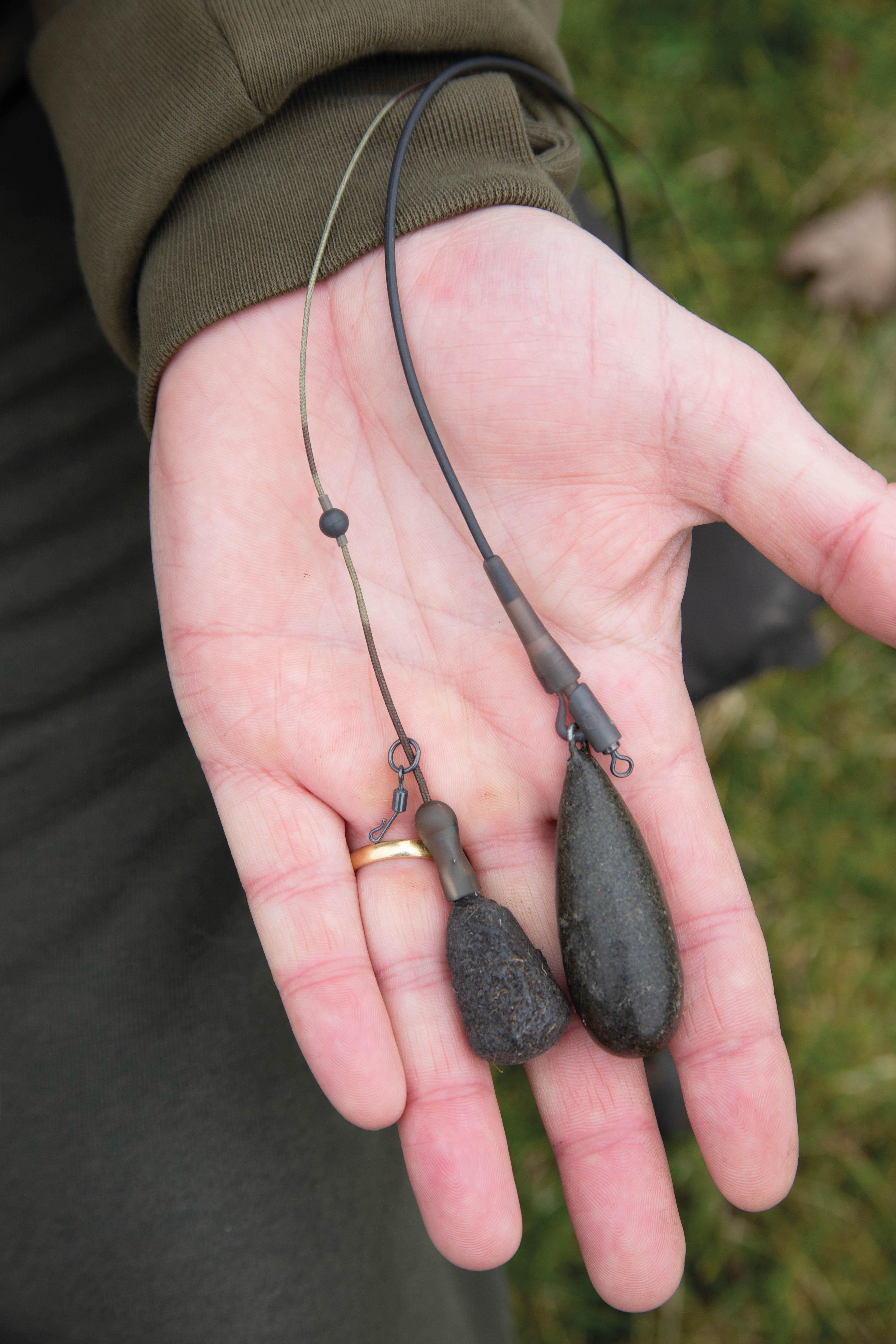
Rotary/Heli Rigs
So much has been written about the benefits of Heli Rig, that short of making this a rather bland instructional how-to piece, I think it would be better to discuss and address some of the critical aspects of their safe use, and focus on the ‘where’ and ‘why’ aspects of this extraordinarily successful lead arrangement.
We all have our own take on what works and what doesn’t in terms of effective hooklink materials, swivel types, buffers, rig sleeves, etc., but my preference has long been looped mono or fluorocarbon hooklinks attached to a size 11 Ring Quick Link Swivel, with a very short section of tubing just trapping the hooklink on the crook of the swivel, still allowing the loop to move unhindered. The addition of the extra material and weight of a tapered sleeve over this connection stops it spinning freely in flight, and I much prefer the very ‘minimal’ look—less often means more when it comes to terminal arrangements.
In terms of safety, Helis should be fished on suitable material that can cope with the significant forces created by the swivel rubbing against it—that, or you need to use a tapered sleeve or protect the line with a Heli Chod Runner. Honestly, my own experience shows that a swivel straight onto mono (copolymer) is dangerous, whereas a naked swivel mounted on a reasonable diameter fluorocarbon, whose dense and harder molecular structure copes better with the lateral forces, is a far better option.
I’ve seen it quoted many times, that Helis should not be fished with detachable leads, as there is no weight to help the fish shed the hook in the event of a cut-off, but practically speaking, that’s well-meaning but biased tripe! Just don’t risk losing leaders to start with, by using the strongest main line possible. Wasn’t it Mr. Walker that said we should be able to land fish in a timely manner so they are returned healthy? I think my view on this is just a modified version of that… this ultimately suggests that if you need to go long, then a change of lead arrangement is often safer in these circumstances.
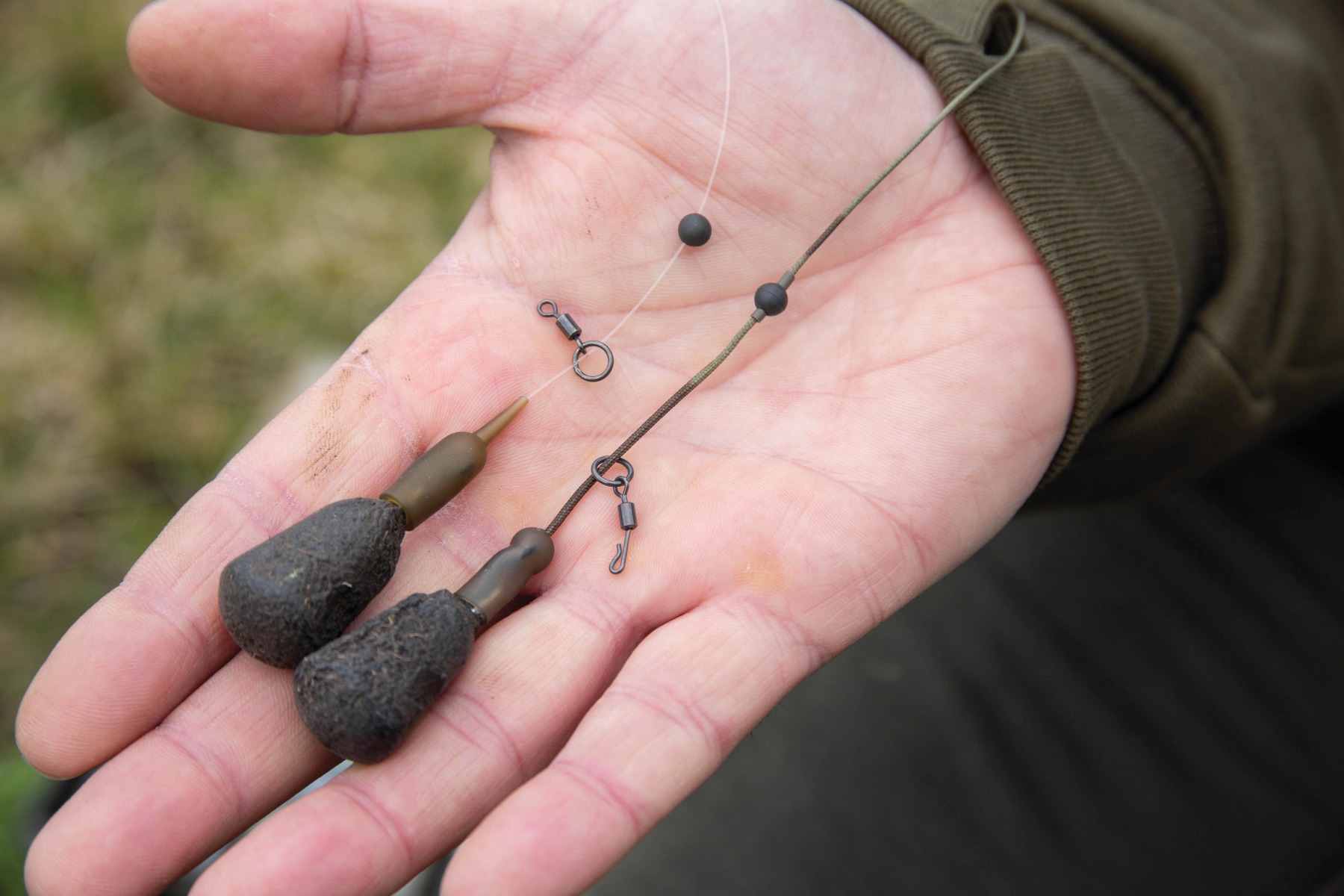
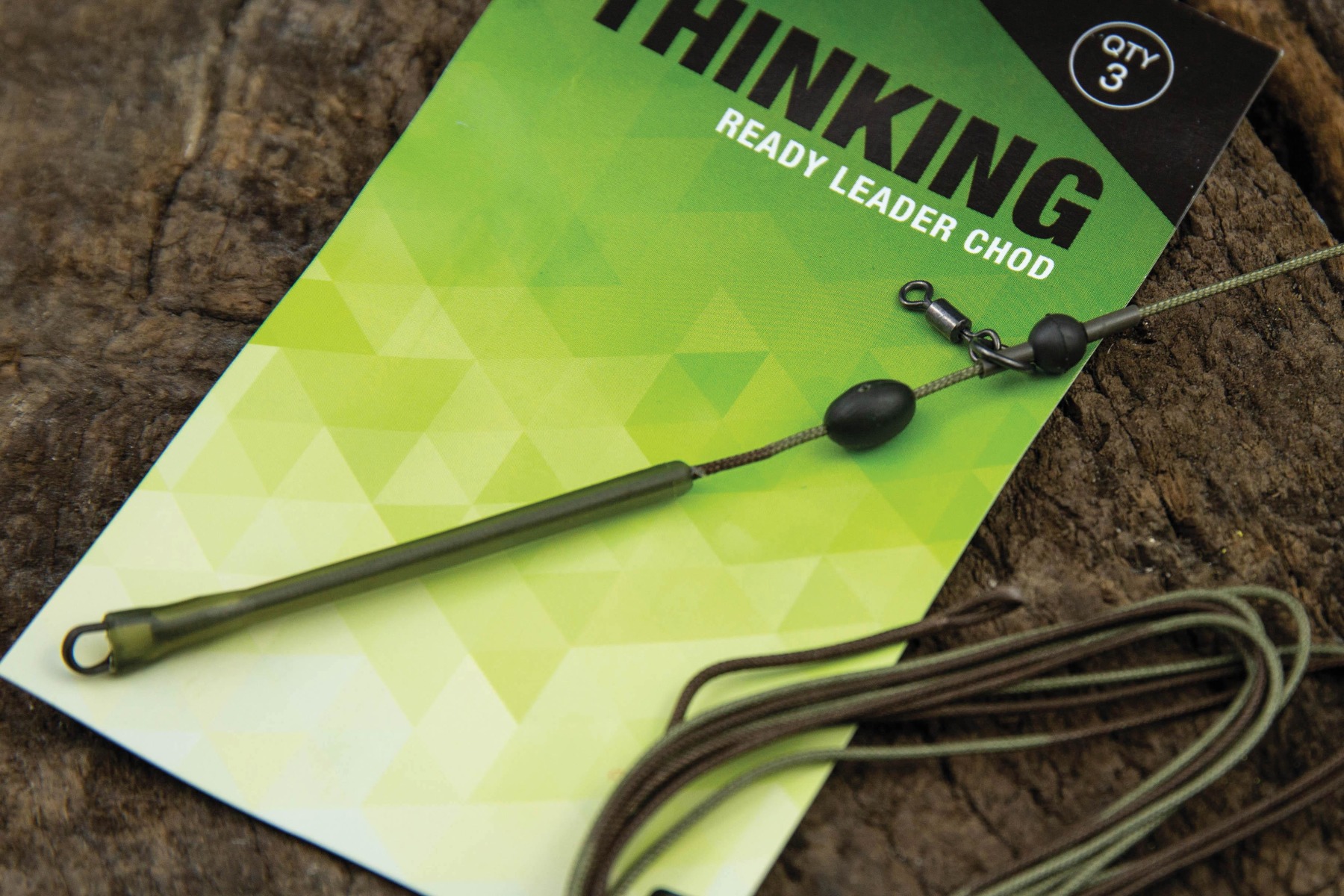
Lead Clips
For many years, such was my blinkered reliance on Helicopter Rigs, that I abjectly failed to grasp the benefits of lead clips—oh, how I rue that in hindsight!
I’m sure that I don’t need to explain to anyone the safety advantages of a good lead clip, nor do I feel this is the right place to do so (this is CARPology, don’t you know). So let us simply extol their undoubted virtues for setting the standard for controlled lead discharge that all other lead-release systems work to emulate, after all, they offer a degree of adjustability in regard to the force required to eject the lead, rarely tangle when used in conjunction with tubing, and can make changing leads and rigs a cinch… they are quite brilliant!
However, their use is marred in some big-fish circles by a pervasive belief that they’re somehow less versatile than Heli Rigs in coping with different substrates. Now, I thought like this for far too long, but in an epiphany moment whilst I was talking to another great angler, Greg ‘Jabba’ Richardson, he put forward a very valid and logical argument as to why lead clips are much better in silt when compared to—dare I even say it—a Heli! (Blasphemy!)
Think about the fixed point on both lead arrangements and the position of the lead, embedded in the sediment. During the course of a night, when there is significant undertow or whilst you’re receiving liners, it’s highly likely that the leader and hooklink will work their way down into the soft substrate, making a rig fished on a Heli far less obvious to feeding fish browsing across the area at bite time. If you fish with a lead clip-style arrangement in the same circumstances, yes, the lead will bury, but at least the anchor point is positioned so that whatever hits the main line, unless the lead moves, the rig remains static. It’s easy and common sense to work forward from that point, adjusting the hooklink length to suit the lakebed by going longer, obviously.
Some consumers may not realise that tail rubbers are (or should be) finely tuned to work with their corresponding clip, the dimensions of each being fine-tuned during development, so please don’t mix and match components without testing that the final hotchpotch of those components works together in harmony.
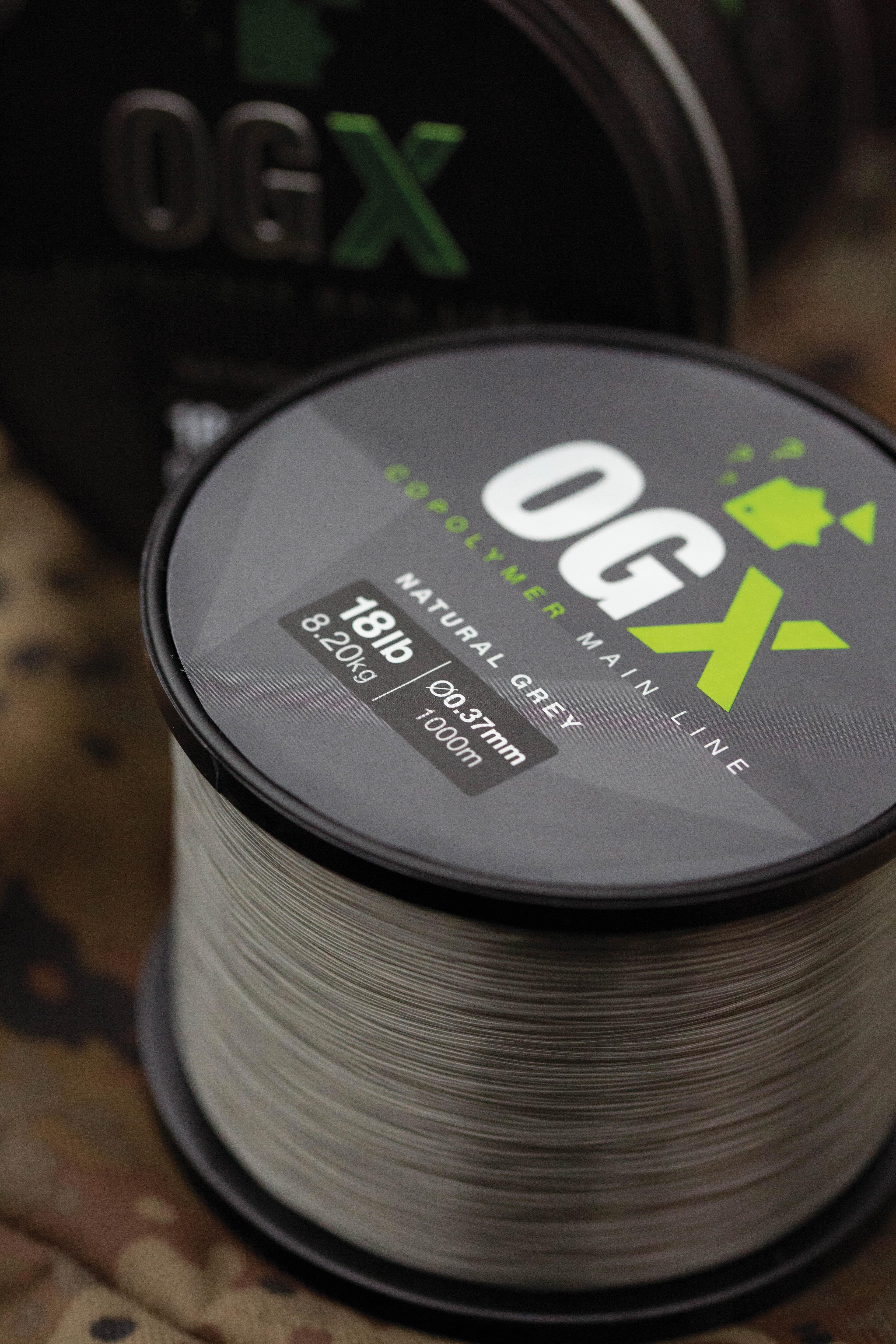
Running, and Barely Fixed Leads (because they’re the same thing, aren’t they?)
In truth, I rarely use true running lead arrangements. Now, that’s not because I think that they catch fewer fish, but purely because of the difficulty of casting the ‘gashy’ things out (oops!), and being sure that they are sitting perfectly as envisaged in my mind’s eye—tidy, untangled and fishing effectively. Not using them leaves me mentally ridden of these issues. Of course, none of these issues are a cause for concern if you elect to use a remote-controlled marvel of modern technology (rules permitting), but to cast one confidently? Hmm, I really struggle.
The benefit of a running lead and the ease of separation between the hookbait and lead during the cast, which is naturally exacerbated by adding even the smallest PVA bag, means that it is firmly ensconced in the single hookbait if you’re casting. Consequently, if I want a little PVA parcel of goodies nestled enticingly next to the hookbait, I find myself utterly compelled to control the separation of lead and hookbait by attaching the lead arrangement to the link with a PVA cradle. Ever lobbed out a deadbait and a running lead? The separation is awful… I need control!
It’s pretty common to think that a running lead runs down along the line so freely that the line pulls through the swivel eye or running ring. Please! Unless you’re using a very heavy lead, the resistance created by the water pressure on the line and the mere fact that the fish will be pulling at an angle, mean that the running lead arrangement actually acts as a semi-fixed lead and skips across the lakebed.
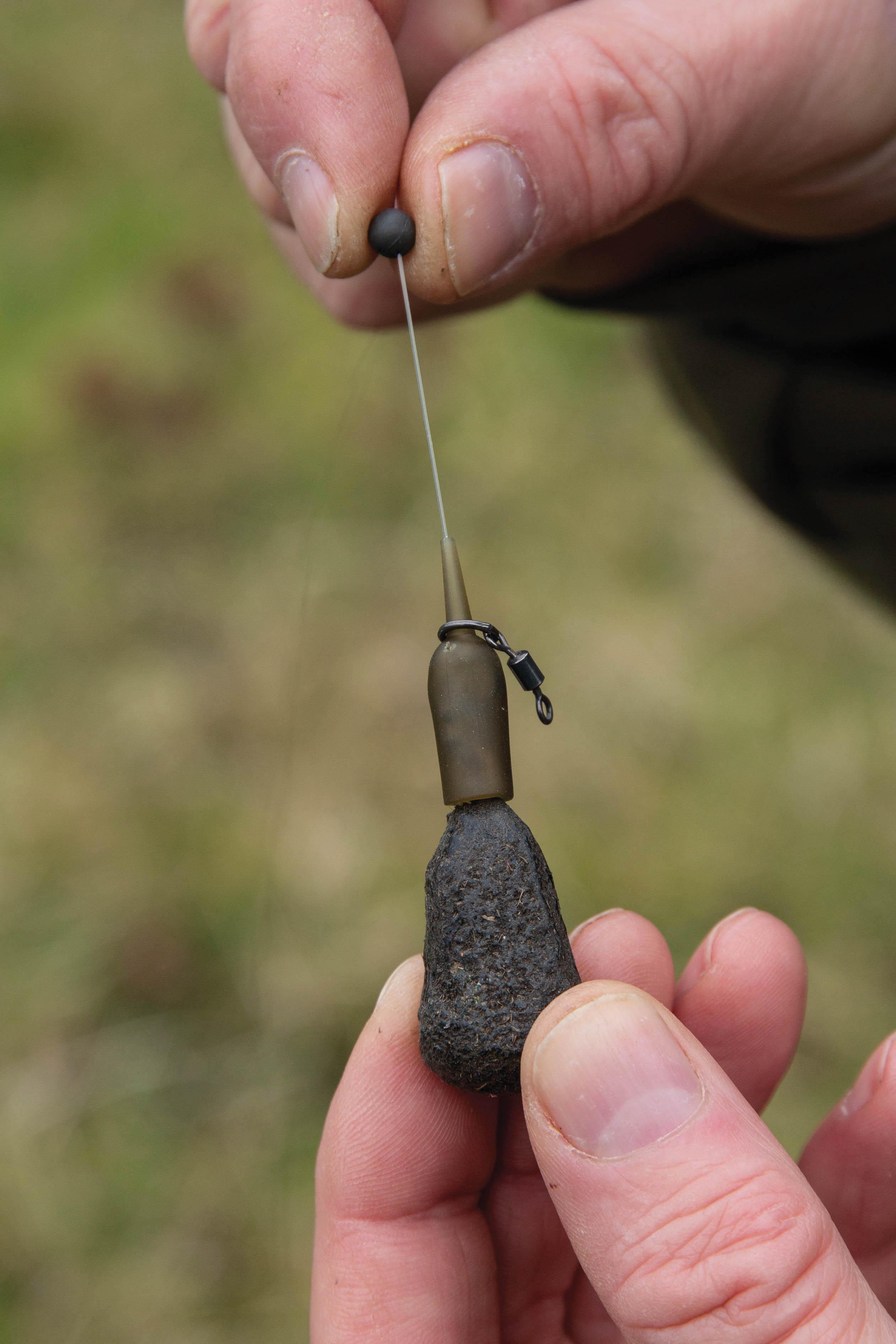
So, is this a benefit or a problem?
In essence, as with most things, with carp fishing it’s horses for courses, and a running lead can certainly offer real benefits in some circumstances. For instance, a running lead can make it hard for a fish to deal with, as the moving lead, as in the scenario described in the previous paragraph, no longer has a weighted point that the fish can use to shake a hook out.
Lead separation can also be used to your advantage, for instance, if you are fishing to a marginal shelf with a significant drop-off. Credit to Dave Ball, who explained this tactical approach to me many years ago on the Car Park at Yateley, where he used a big running (inline) lead so that when the lead was dislodged down the line, it dropped off the precipice and the fish just could not deal with it and were nailed. Now that’s ingenuity for you, but then again, he always was a particularly brilliant technical angler.
I’m sure that if it wasn’t for the issues of maintaining consistent cast presentation, running rigs would be used a hell of a lot more than they are, but until some clever sod comes up with a solution that doesn’t require a boat or PVA, it will (I fear) be relegated to being a ‘special occasions’ lead arrangement or a fad.
Fad or otherwise, whatever lead arrangement you choose, it’s vital that you consider the pros and cons, adjusting your terminal accordingly, by tailoring the lead shape and size too—at least if you feel there is advantage to do so. Funnily enough, the governor (HRH editor Joe) has asked whether I can scribble something on that topic soon, so I’ll put my thinking cap on and try to come up with some general topic points which will hopefully also trigger your own thinking.
That’s the great thing about angling, there is no prescribed right or wrong. What’s right is what works on the day and catches the fish, so always try to keep an open mind, and keep experimenting with your own ideas. Being mentally invested and feeling that you have thought something through for yourself will, for many, add to the joy of success.
